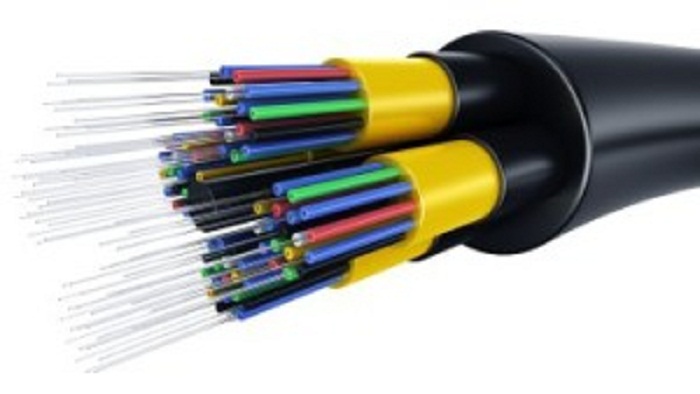Cable speeds are getting faster every year, with the potential to deliver broadband, television, and phone signals increasing at an almost exponential rate. Fibre optic cables have played a significant role in the increase in speeds achieved in recent years, and offer some advantages over traditional copper and coaxial cables. However, what are the major differences between fibre optic and traditional cable in terms of speed, and how does this get put into practice for broadband and server rooms?
Traditional cable tends to rely on copper wiring to transmit electrical currents containing information; cable is consequently used for phone lines, internet, and general networking, and with a variety of different levels of shielding and lengths. By comparison, fibre optic cables transmit data using pulses of light, and has the potential to convey much larger amounts of information at higher speeds and frequencies than traditional cable.

Fibre optics are also designed to reduce the amount of electromagnetic interference that occurs when you send a signal using a copper cable. The signal sent from one source to an end point with a fibre optic cable is less likely to degrade, and remains consistent over longer distances. There are several different types of fibre optic cables, which can be used for short and long transmissions – these include single mode glass fibre, multimode cabling, and plastic optical fibre cables.
In terms of speed, when we look at the cabling used for broadband and television services, fibre has the clear advantage. Only fibre can typically handle transmission speed of 40 Mbps to 100 Mbps and above for these signals, with older coaxial cables used around as part of established phone networks. There are many cases, though, where copper and fibre optic cabling mix, which includes fibre-to-the-cabinet internet; here a fibre line connects to a terminal before being distributed to individual buildings using coaxial cable.
By comparison, in a data centre, you may see a combination of copper and fibre cabling, depending on the context. Fibre optic cabling is best used for transmitting information across longer distances, and with greater potential for multiplexing different signals without losing the strength of a signal; to this end, fibre optics can handle Gbps level speeds. While traditional copper cables can’t handle this much power, twisted pair cables can be used to boost speeds up to a higher amount, and can be a more inexpensive alternative to fibre.
The future of networked cabling is likely to be dominated by fibre optics, though, due to the exponential amount of speeds that a glass tube can handle when transmitting light. Recent developments in fibre optics include hollow core tubing that can multiplex more signals, and that can theoretically achieve data transmission rates that are 99.7 per cent of the speed of light – translated, that means that future fibre optic cables could transmit internet signals at 100 Tbps a second, and 1,000 times faster than most existing cables in use today.
